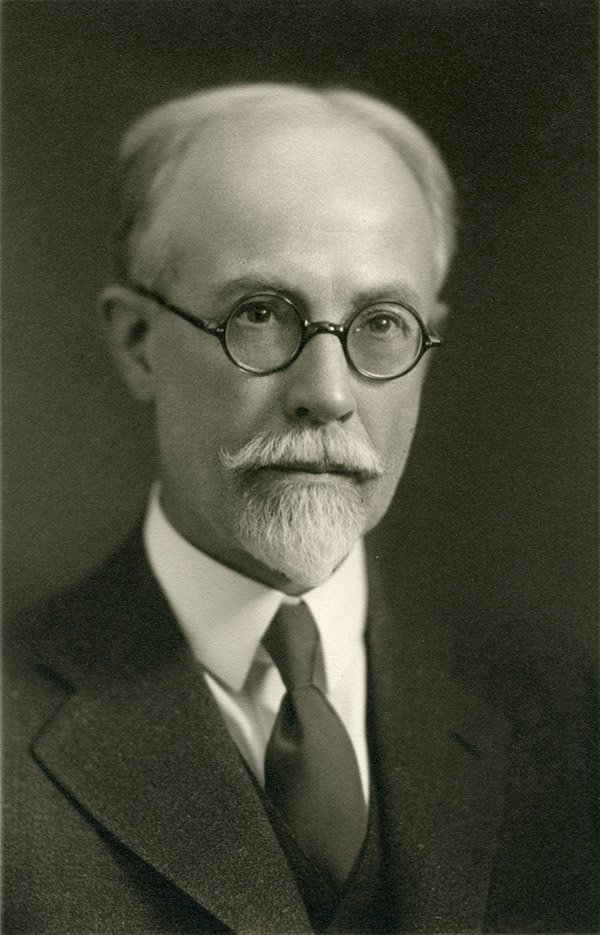Campbell Bonner was born in Nashville, Tennessee, in 1876. He received degrees of B.A. and M.A. (1896, 1897) from Vanderbilt University, and an M.A. and Ph.D. from Harvard University (1898, 1900). As was fairly common for classicists at that time, he spent a year abroad at the University of Berlin and in Greece and Italy. Then he returned to Nashville as professor of Greek at Peabody College. In 1907, Bonner joined the faculty of the University of Michigan as junior professor of Greek, and only five years later, he became professor of Greek, succeeding Martin L. D’Ooge as chair of the Department of Greek. He resigned the chairmanship in 1944, retiring the following year to devote all of his time to scholarly work.
Unquestionably, Bonner was one of the most influential classical scholars of his generation. An active member of various professional academic associations, he became president of the Classical Association of the Middle West and South (1918–1919) and of the American Philological Association (1933). He was made a fellow of the American Academy of Arts and Sciences, a corresponding fellow of the British Academy, and a member of the American Philosophical Society. He was the annual professor at the American School of Classical Studies at Athens in 1927–1928.
Bonner is an excellent example of what a classical philologist should be, that is, a scholar who studies ancient texts closely in order to unveil the literary and historical contexts in which they were produced. But Bonner’s research was not focused on the well-known intellectual landmarks of classical Greece, but on lesser-known authors. In particular, he was interested in a theme and period that had received little attention during his time: the philosophical and religious aspects of the late pagan and early Christian world. Thus, when the University of Michigan began acquiring massive amounts of papyri, Bonner soon saw the relevance of these sources for the study of late antiquity. He edited a series of papyri with important medical and religious texts.
However, his scholarly masterpiece was the milestone monograph, Studies in Magical Amulets, Chiefly Graeco-Egyptian. Certainly, this work is the culmination of Bonner’s lifetime study of ancient popular religion and superstition in the Graeco-Roman world. It is based on a careful examination of hundreds of ancient engraved gemstones that were thought to contain magical and medical properties. The amulets he described in his book came not only from his personal collection, now held at the Special Collections Library, but also from museums and libraries around the world. As revealed in his personal archives held at the Bentley Historical Library, University of Michigan, Bonner would receive by mail descriptions of these amulets in the form of photographs and even casts attached to a letter. Bonner also facilitated the purchase of many other amulets for the University of Michigan, which are now held in the Kelsey Museum of Archaeology.


